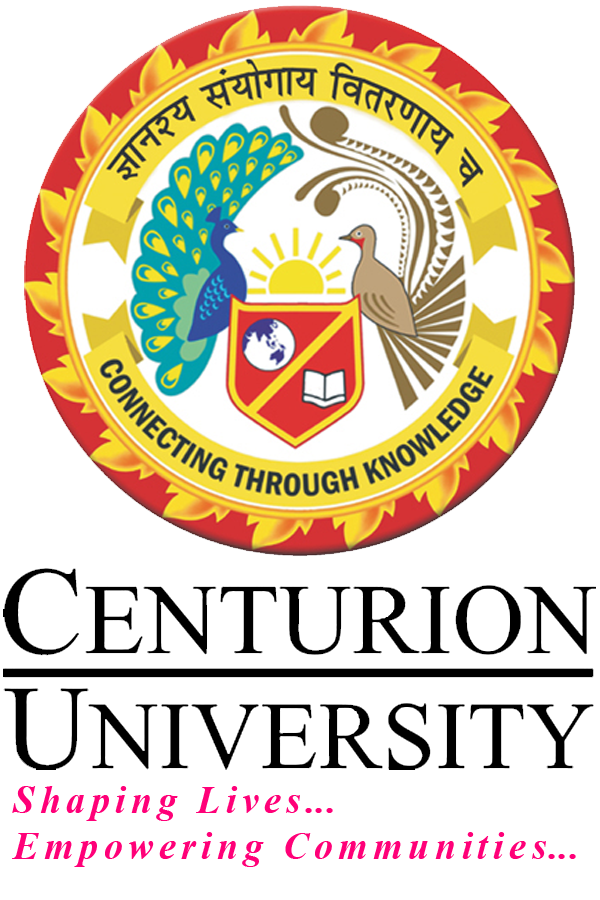Questioned documents and Forensic accounting
Course Attendees
Still no participant
Course Reviews
Still no reviews
Course Name : Questioned Documents and Forensic Accounting
Code(Credit) : CUTM1654(4-2-0)
Course Objectives
- Concepts of documents and their examination.
- Understanding of forgery and their detection.
- Identification of fraud and writings and examination of financial documents.
Learning Outcomes
- After completion of course, student will be able to:
- Understand writing forgery and documents forgery.
- Examine questioned documents and writings.
- Understand frauds, money laundering and financial reports.
Course Syllabus
UNIT-I
Basics of handwriting identification & individuality of handwriting, natural variations, process of comparison, types of documents-genuine and forged documents, holographic documents, Care and Handling of Document Exhibits, Forgeries & its types, detection of forgeries in handwriting, signatures and related case studies, basic tools needed for forensic documents examination and their significance.
UNIT-II
Disguised writing and anonymous letters- Identification of writer Examination of alterations- erased writing, overwritings, additions, substitutions and obliterations Examination, preservation and decipherment of secret writing, Indented writings and charred writings, Examination of seal and other mechanical impressions
Built up documents, determination of sequence of strokes, physical matching of documents
UNIT-III
Examination of Photostat (Xerox) copies, carbon copies, fax message, typewritings, printed matter: letterpress printing, intaglio printing, offset printing, screen printing & its related concepts, types of printing of security documents, examination of counterfeit currency notes, passports, visa, credit cards, debit cards, pan card, license, stamp papers, legal deeds, postal stamps, etc, Related Case Studies.
UNIT-IV
Determination of age of document and writings
Types of computer printers and their working: dot-matrix, daisywheel, line printers, ink-jet, thermal jet and laser printers, Examination of Computer printouts Forensic linguistics and stylistics, its importance in writer identification Examination of e-documents and digital signatures
Opinion- Reporting to the court juxtaposed charts - evidence in the court- cross examination, Related Case Studies
UNIT-V
Introduction to Forensic accounting, Money laundering, Fraud deterrence, Types of money laundering, understanding business information & financial reporting system accounting & auditing standards & procedures, evidence gathering & investigative techniques, litigation processes, Examination of financial documents
Reference Books:
Ordway Hilton; Scientific Examination of Questioned Documents, Rev ED, Elsevier, NY (1982)
Albert S. Osborn; Questioned Documents, 2nd Ed., Universal Law Pub., Delhi (1998)
Albert S Osborn; The Problem of Proof, 2nd Ed., Universal Law Pub. Delhi (1998)
Charles C. Thomas; I.S.Q.D. Identification System for Questioned Documents, Billy Prior Bates Springfield, Illinois, USA (1971)
Wilson R. Harrison; Suspect Documents Their Scientific Examination, Universal Law Pub. Delhi Indian Reprint (2001)
Hard less H.R; Disputed Documents, Handwriting and Thumbs – Print Identification, profusely illustrated, Law Book, Allahabad (1988)
Morris Ron N; Forensic Handwriting Identification, Acad Press, London (2001)
Kurtz Sheila; Grapholypes a new Plant on Handwriting Analysis, Crown Pub. Inc., USA (1983)
Lerinson Jay; Questioned Documents, Acad Press, London (2001)
Mcmenamin, Gerald R; Forensic Linguistics- Advances in Forensic Stylistics, CRC Press, Washington, D.C. (2002)
Ellen David; Questioned Documents- Scientific Examination, Taylor & Francis, Washington (1997)
Roy A Huber, A.M. Headrick; Handwriting Identification- Facts and Fundamental, CRC Press(1999)
Session Plan
Session 1
Basics of handwriting identification & individuality of handwriting, natural variations, process of comparison,
Session 2
types of documents-genuine and forged documents, holographic documents, Care and Handling of Document Exhibits,
Session 4
detection of forgeries in handwriting, signatures
Session 5
basic tools needed for forensic documents examination and their significance.
Session 7
Examination of alterations- erased writing, overwritings, additions, substitutions and obliterations Examination
Session 9
Indented writings
Session 11
Examination of seal and other mechanical impressions
Session 12
Built up documents
Session 13
determination of sequence of strokes
Session 15
Examination of Photostat (Xerox) copies, carbon copies, fax message,
Session 16
typewritings
Session 17
printed matter: letterpress printing, intaglio printing, offset printing, screen printing & its related concepts
Session 18
types of printing of security documents, examination of counterfeit currency notes, passports, visa, credit cards, debit cards, pan card, license, stamp papers, legal deeds, postal stamps, etc, Related Case Studies.
Session 20
Types of computer printers and their working: dot-matrix, daisywheel, line printers, ink-jet, thermal jet and laser printers,
Session 21
Examination of Computer printouts
Session 22
Forensic linguistics and stylistics, its importance in writer identification
Session 23
Examination of e-documents and digital signatures
Session 24
Opinion- Reporting to the court juxtaposed charts - evidence in the court- cross examination, Related Case Studies
Session 25
Introduction to Forensic accounting, Money laundering, Fraud deterrence,
Session 26
Types of money laundering,
Session 27
understanding business information & financial reporting system accounting & auditing standards & procedures,
Session 28
evidence gathering & investigative techniques,
Session 29
litigation processes,
Session 30
Examination of financial documents.


Recent Comments